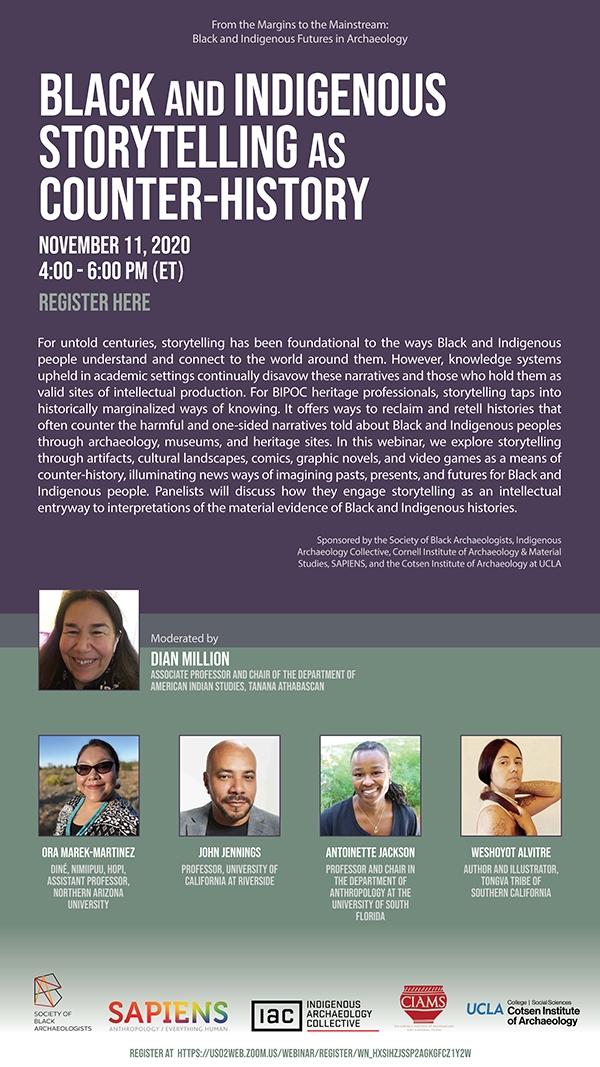Past Events
Interested in Cotsen events? Sign up for our mailing list.Jeanne Marie Teutonico
Associate Director, Strategy and Special Initiatives
Getty Conservation Institute
Friday November 20th, 11:00am - 12:00pm (PT)
Please note, this talk will not be recorded.
The Getty Conservation Institute (GCI) is best described as a private, international research organization that is part of a larger philanthropic enterprise dedicated to the understanding, conservation and enjoyment of the visual arts. In this, the GCI is somewhat unique in the constellation of not-for-profit organizations operating in the heritage sector.
The presentation will provide an introduction to the Getty Conservation Institute – its mission, strategic priorities and methodological approach to heritage conservation. Select examples of GCI field work (in Egypt, Peru and the Mediterranean) will be used to illustrate diverse conservation contexts and challenges, and to reflect on the evolution of conservation practice over the last twenty years.
The presentation will conclude with some consideration of future challenges –both global concerns and specific issues facing the heritage conservation field.
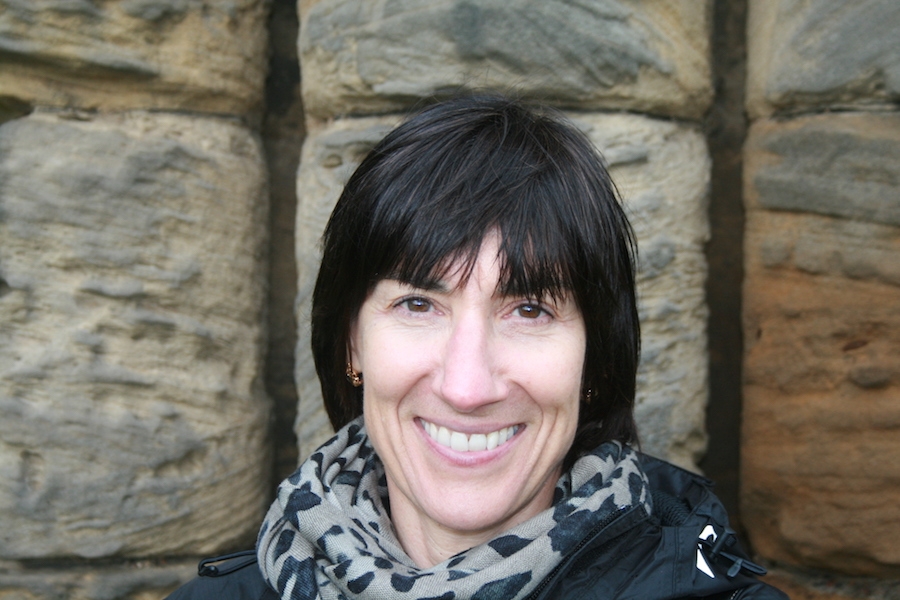 Jeanne Marie Teutonico is currently Associate Director, Strategy and Special Initiatives,atthe Getty Conservation Institute (GCI) in Los Angeles where her responsibilities include the development of strategic priorities for the Institute and oversight of GCI publications. An architectural conservator with over thirty years of experiencein the conservation of buildings and sites, she holds an A.B. (Hons) in art history from Princeton University and an M.Sc. in historic preservation from Columbia University, Graduate School of Architecture, Planning and Preservation. Prior to joining the GCI in 1999, Jeanne Marie was a conservator and educator on the staff of the International Centre for the Study of the Preservation and Restoration of Cultural Property (ICCROM) in Rome and, later, of English Heritage in Londonwhere she led a large technical research and publications program. She is published widely and maintains research interests in the conservation and sustainable use of traditional building materials. She was an invited Resident at the American Academy in Rome in 2008 and is a Fellow of the Association for Preservation Technology, the Society of Antiquaries, and the International Institute for Conservation.
Jeanne Marie Teutonico is currently Associate Director, Strategy and Special Initiatives,atthe Getty Conservation Institute (GCI) in Los Angeles where her responsibilities include the development of strategic priorities for the Institute and oversight of GCI publications. An architectural conservator with over thirty years of experiencein the conservation of buildings and sites, she holds an A.B. (Hons) in art history from Princeton University and an M.Sc. in historic preservation from Columbia University, Graduate School of Architecture, Planning and Preservation. Prior to joining the GCI in 1999, Jeanne Marie was a conservator and educator on the staff of the International Centre for the Study of the Preservation and Restoration of Cultural Property (ICCROM) in Rome and, later, of English Heritage in Londonwhere she led a large technical research and publications program. She is published widely and maintains research interests in the conservation and sustainable use of traditional building materials. She was an invited Resident at the American Academy in Rome in 2008 and is a Fellow of the Association for Preservation Technology, the Society of Antiquaries, and the International Institute for Conservation.
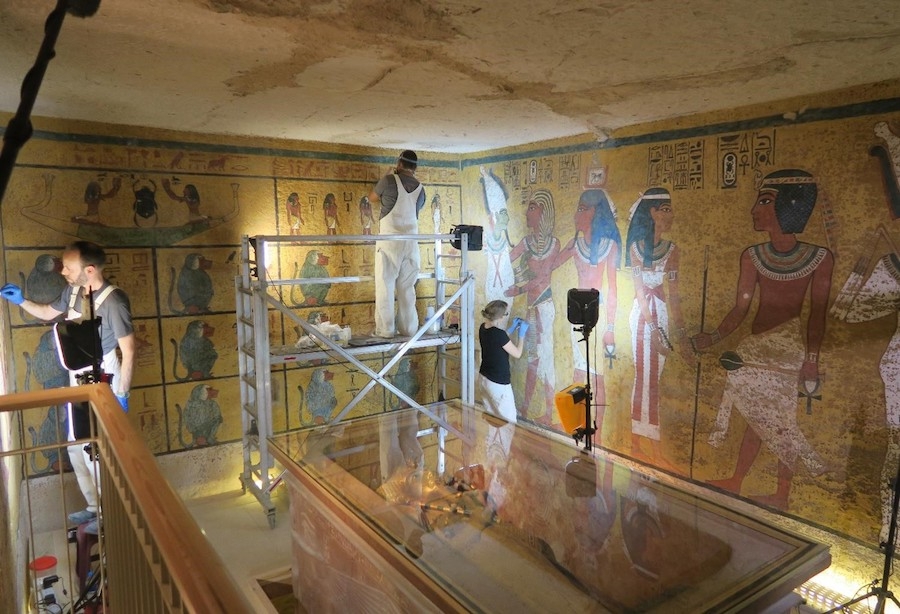
Figure 1. Conservation of the wall paintings in the burial chamber of the Tomb of Tutankhamen in the Valley of the Kings, Egypt. The Getty Conservation Institute, in collaboration with Egypt’s Ministry of Antiquities, has recently completed a multi-year project that included study and conservation of the tomb’s wall paintings, environmental and infrastructure improvements, and training for future care of the site.
Figure 2. Training regarding the conservation and management of archaeological sites and 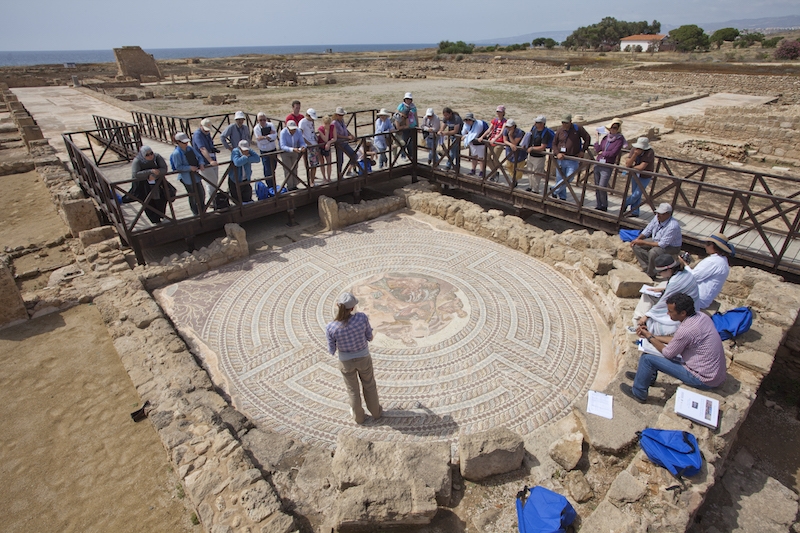 mosaics at the ancient site of Paphos in Cyprus. Over the last ten years, the Getty Conservation Institute has collaborated with the Getty Foundation, ICCROM and the International Committee fortheConservation of Mosaics(ICCM) in an initiative known as MOSAIKON with the aim of improving the conservation, presentation and maintenance of archaeological mosaics in the Mediterranean region. Activities have included education and capacity building, the development of locally sustainable conservation practices, model field projects, and the dissemination of information in a variety of forms.
mosaics at the ancient site of Paphos in Cyprus. Over the last ten years, the Getty Conservation Institute has collaborated with the Getty Foundation, ICCROM and the International Committee fortheConservation of Mosaics(ICCM) in an initiative known as MOSAIKON with the aim of improving the conservation, presentation and maintenance of archaeological mosaics in the Mediterranean region. Activities have included education and capacity building, the development of locally sustainable conservation practices, model field projects, and the dissemination of information in a variety of forms.
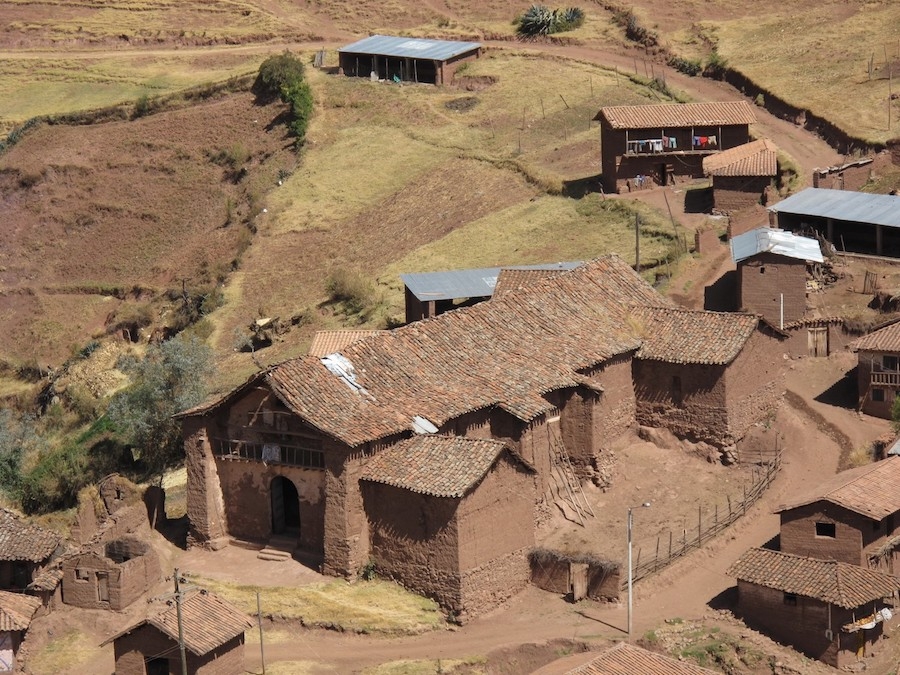 Figure 3. The church of Santiago Apóstolin Kuño Tambo, Peru. This seventeenth century earthen building, located in a remote village high in the Andes, is richly decorated with wall paintings and has been in continuous use as a place of worship since its original construction. As part of its Earthen Architecture Initiative, the Getty ConservationInstitute, in collaboration with the School of Science and Engineering at the Catholic University in Lima and the Peruvian Ministry of Culture, has developed and implemented seismic retrofit techniques that will enhance the building’s performance without negatively impacting the significant decorative finishes.
Figure 3. The church of Santiago Apóstolin Kuño Tambo, Peru. This seventeenth century earthen building, located in a remote village high in the Andes, is richly decorated with wall paintings and has been in continuous use as a place of worship since its original construction. As part of its Earthen Architecture Initiative, the Getty ConservationInstitute, in collaboration with the School of Science and Engineering at the Catholic University in Lima and the Peruvian Ministry of Culture, has developed and implemented seismic retrofit techniques that will enhance the building’s performance without negatively impacting the significant decorative finishes.
Contact Jennifer McGough
Email jenmcgough@g.ucla.edu
Phone
For untold centuries, storytelling has been foundational to the ways Black and Indigenous people understand and connect to the world around them. However, knowledge systems upheld in academic settings continually disavow these narratives and those who hold them as valid sites of intellectual production. For BIPOC heritage professionals, storytelling taps into historically marginalized ways of knowing. It offers ways to reclaim and retell histories that often counter the harmful and one-sided narratives told about Black and Indigenous peoples through archaeology, museums, and heritage sites. In this webinar, we explore storytelling through artifacts, cultural landscapes, comics, graphic novels, and video games as a means of counter-history, illuminating news ways of imagining pasts, presents, and futures for Black and Indigenous people. Panelists will discuss how they engage storytelling as an intellectual entryway to interpretations of the material evidence of Black and Indigenous histories
November 11th from 4-6 pm ET / 1-3 pm PT
Register here: https://us02web.zoom.us/webinar/register/WN_HXSihZjSSP2AgkgFCz1y2w
Contact
Phone
Artur Petrosyan
Archaeologist, Researcher, Department of Early Archaeology
Institute of Archaeology and Ethnography, National Academy of Sciences Republic of Armenia
November 6th 2020 12:00pm PT (contingent on the developing situation in Armenia)
Register here

Until recently the Early Holocene sites of the Kura and the Araxes river basins were not known and the question of Neolithization in the region were based on the study of Late Neolithic-Chalcolithic settlements grouped into the “Aratashen-Shulaveri-Shomutepe” tradition, located in valleys and plains. Fieldwork activities implemented during last 20 years led to the discovery of series of Old and Early Holocene sites in Armenia, Georgia and Azerbaijan including a stratified cave and rock-shelter as well as open-air sites and settlements, filling the gap between the 10th and early 6th millennium BC. While excavations and research of the Early and Middle Holocene sites continues, the accumulated information to date allows us to look at the process of Neolithization in the Kura and the Araxes river basins from a new perspective. The data suggests dividing the Early Holocene archaeological sequence into two chronological groups or steps. Group 1/Step 1 with chronometric dates between 10.000 – 7300 Cal BC is described by seasonal hunting and habitation camps on higher elevations organized inside caves and rock-shelters in combination with built structures in front of them as well as short-term open-air activities. Some shifts in the economic lifeways and technological production of tools (so-called “apnagyugh” tools) is obvious even though many similarities can be noticed with the lifestyle of the Late Pleistocene hunter-gatherers. Group 2/Step 2 span between 7300 – 6200 Cal BC, when the first settlements and sites with ritual function appeared, in parallel with the cave sites. New data indicate that the origin of the early farming culture in the Araxes River valley is local even though there is noticeable influence from the southern cultural centers.
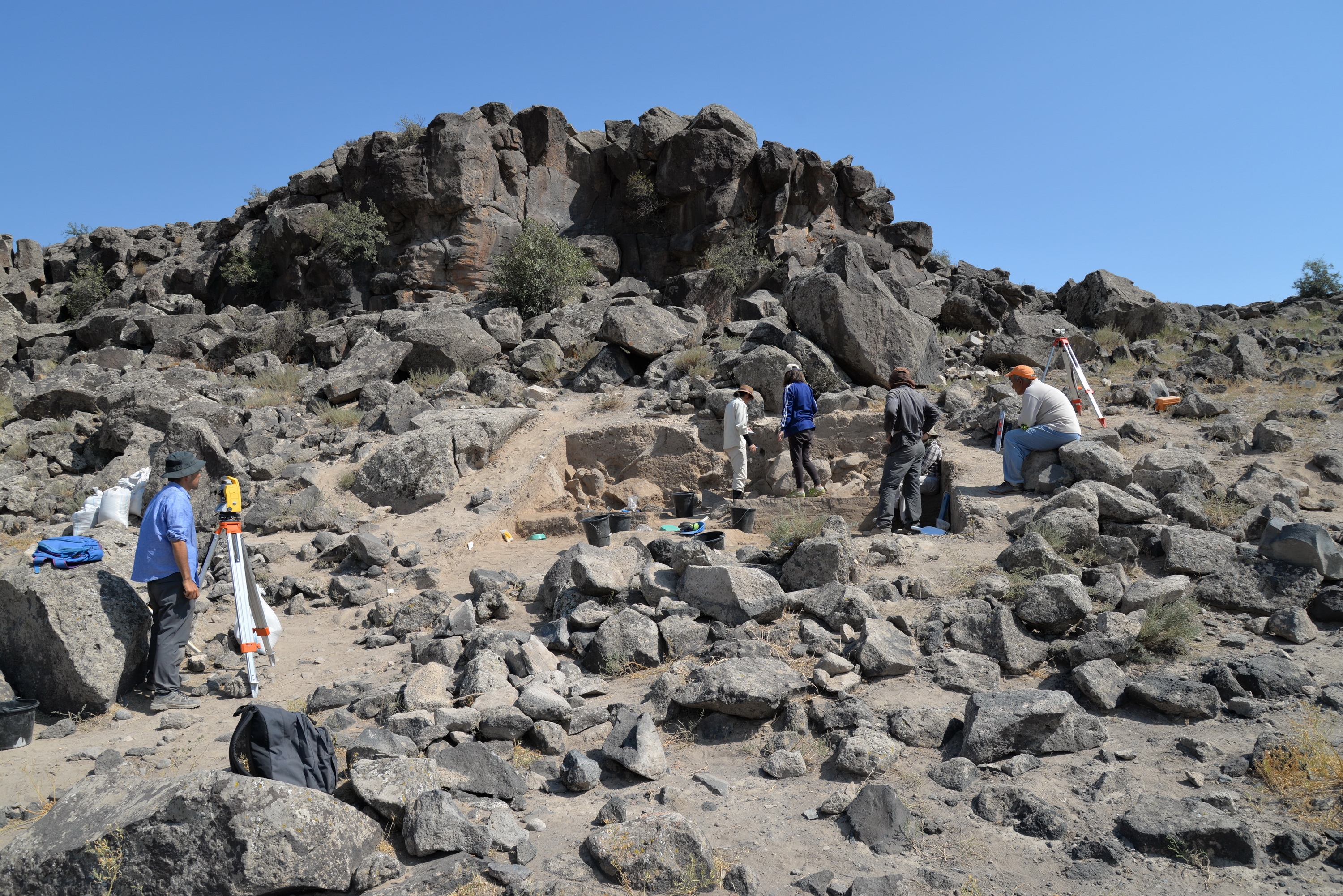
Artur Petrosyan received his PhD at the Institute of Archaeology and Ethnography of NAS RA in 2010, where he has worked since 2007 as an Archaeologist and Researcher. He has participated in a number of archaeological expeditions in Armenia, Italy (Calvatone, Sassofortino) and UAE (Vadi al Hello). Currently he is the co-director of Armenian – Italian, Armenian – Japanese, Armenian – German and Armenian – Chinese expeditions in Kotayk, Vayots Dzor, Ararat and Armavir regions of Armenia. Petrosyan has published extensively.
Contact Michelle Jacobson
Email mjacobson@ioa.ucla.edu
Phone
Dr. Ziad Al-Saad
PhD, Professor of cultural heritage conservation and management at the Faculty of Archaeology and Anthropology Yarmouk University
Friday October 30th, 11:00am - 12:00pm (PT)
 Petra has been classified as being of World Heritage standards and is included on the world heritage list.The entire site of Petra, with its 2000 listed rock-carved monuments of outstanding cultural and historical importance, is in real danger. Over the last decade the process of deterioration of the Petra monuments has dramatically increased. The destruction of the monuments is induced by a combination of natural and human factors. Weathering and erosion caused by environmental agents have caused a lot of severe damage to the monuments. The impact of weathering and eroding factors on the monumentshave been exacerbated by natural faults in the rock; infiltration of water and growth of plants in rock fissures. In addition to natural damage, cultural and socio-economic factors represent a principle threat to the integrity of the site. It is quite obvious that the monuments of Petra need an urgent care. If the deterioration processes are allowed to continue, this irreplaceable heritage will disappear and tourism, which centers on these monuments, will diminish. It is of no doubt that the conservation and preservation of Petra monuments is a very challenging and difficult task. The complexity of the situation is apparent and the efforts needed are tremendous. Different types of
Petra has been classified as being of World Heritage standards and is included on the world heritage list.The entire site of Petra, with its 2000 listed rock-carved monuments of outstanding cultural and historical importance, is in real danger. Over the last decade the process of deterioration of the Petra monuments has dramatically increased. The destruction of the monuments is induced by a combination of natural and human factors. Weathering and erosion caused by environmental agents have caused a lot of severe damage to the monuments. The impact of weathering and eroding factors on the monumentshave been exacerbated by natural faults in the rock; infiltration of water and growth of plants in rock fissures. In addition to natural damage, cultural and socio-economic factors represent a principle threat to the integrity of the site. It is quite obvious that the monuments of Petra need an urgent care. If the deterioration processes are allowed to continue, this irreplaceable heritage will disappear and tourism, which centers on these monuments, will diminish. It is of no doubt that the conservation and preservation of Petra monuments is a very challenging and difficult task. The complexity of the situation is apparent and the efforts needed are tremendous. Different types of  preventive and remedialmeasures are needed to be adopted and executed in order to control the fast growing threats faced by the monuments. Although preventive measures to arrest the principal causes of weathering by adopting certain actions such as repairing the ancient Nabateans hydrological system, certain remedialsteps seem to be inevitable. The fragile monuments are in bad need for consolidation to be able to resist the threat of the natural weathering. This task is the main aim of a research project that has been conducted by the Faculty of Archaeology and Anthropology at Yarmouk University in cooperation with the Bavarian State Conservation Laboratories.
preventive and remedialmeasures are needed to be adopted and executed in order to control the fast growing threats faced by the monuments. Although preventive measures to arrest the principal causes of weathering by adopting certain actions such as repairing the ancient Nabateans hydrological system, certain remedialsteps seem to be inevitable. The fragile monuments are in bad need for consolidation to be able to resist the threat of the natural weathering. This task is the main aim of a research project that has been conducted by the Faculty of Archaeology and Anthropology at Yarmouk University in cooperation with the Bavarian State Conservation Laboratories.
 Prof. Ziad Al-Saad, Professor of cultural heritage conservation and management at the Faculty of Archaeology and Anthropology Yarmouk University; Obtained Ph.D. in conservation and archaeometry from University of London in 1992. He served as Chair of Department of Archaeology in the period 1994-1999 then became the Director of the Insitutue of Archaeology and Anthropology at Yarmouk University which he managed to transform into a full-fledged faculty in 1999 and became its first Dean for two terms until 2007. He then moved to the newly established German-Jordanian University as Vice President for Academic affairs for two years and led the university strategic planning and quality assurance programs for two years. In 2010 he returned to Yarmouk University as Vice President for Research and International Affairs. He was then appointed by the Cabinet as Director General of the Department of Antiquities of Jordan until the end of 2011 when he returned to Yarmouk University.
Prof. Ziad Al-Saad, Professor of cultural heritage conservation and management at the Faculty of Archaeology and Anthropology Yarmouk University; Obtained Ph.D. in conservation and archaeometry from University of London in 1992. He served as Chair of Department of Archaeology in the period 1994-1999 then became the Director of the Insitutue of Archaeology and Anthropology at Yarmouk University which he managed to transform into a full-fledged faculty in 1999 and became its first Dean for two terms until 2007. He then moved to the newly established German-Jordanian University as Vice President for Academic affairs for two years and led the university strategic planning and quality assurance programs for two years. In 2010 he returned to Yarmouk University as Vice President for Research and International Affairs. He was then appointed by the Cabinet as Director General of the Department of Antiquities of Jordan until the end of 2011 when he returned to Yarmouk University.
Prof. Al-Saad's research interest generally is in the areas of conservation and scientific analysis of archaeological materials with a particular interest in the conservation and stabilization of archaeological finds especially metallic artifacts and stone monuments. Has been actively involved in the preservation and conservation of spectacular stone-carved monuments of the Nabatean city of Petra.
Contact Jennifer McGough
Email jenmcgough@g.ucla.edu
Phone
Miqayel Badalyan
Director of the “Erebuni” Historical & Archaeological Museum-Reserve, Yerevan, Republic of Armenia.
Friday, October 23, 2020 – 12:00pm PT (contingent on the developing situation in Armenia)
Register here
Based on archaeological data, as well as philological and visual art sources, the presentation focuses on the religious beliefs of the Urartian kingdom. In this regard, the role of religion in Urartian royal ideology, the cultic activities, symbols, and iconography of the gods of the Urartian pantheon will be discussed as well.
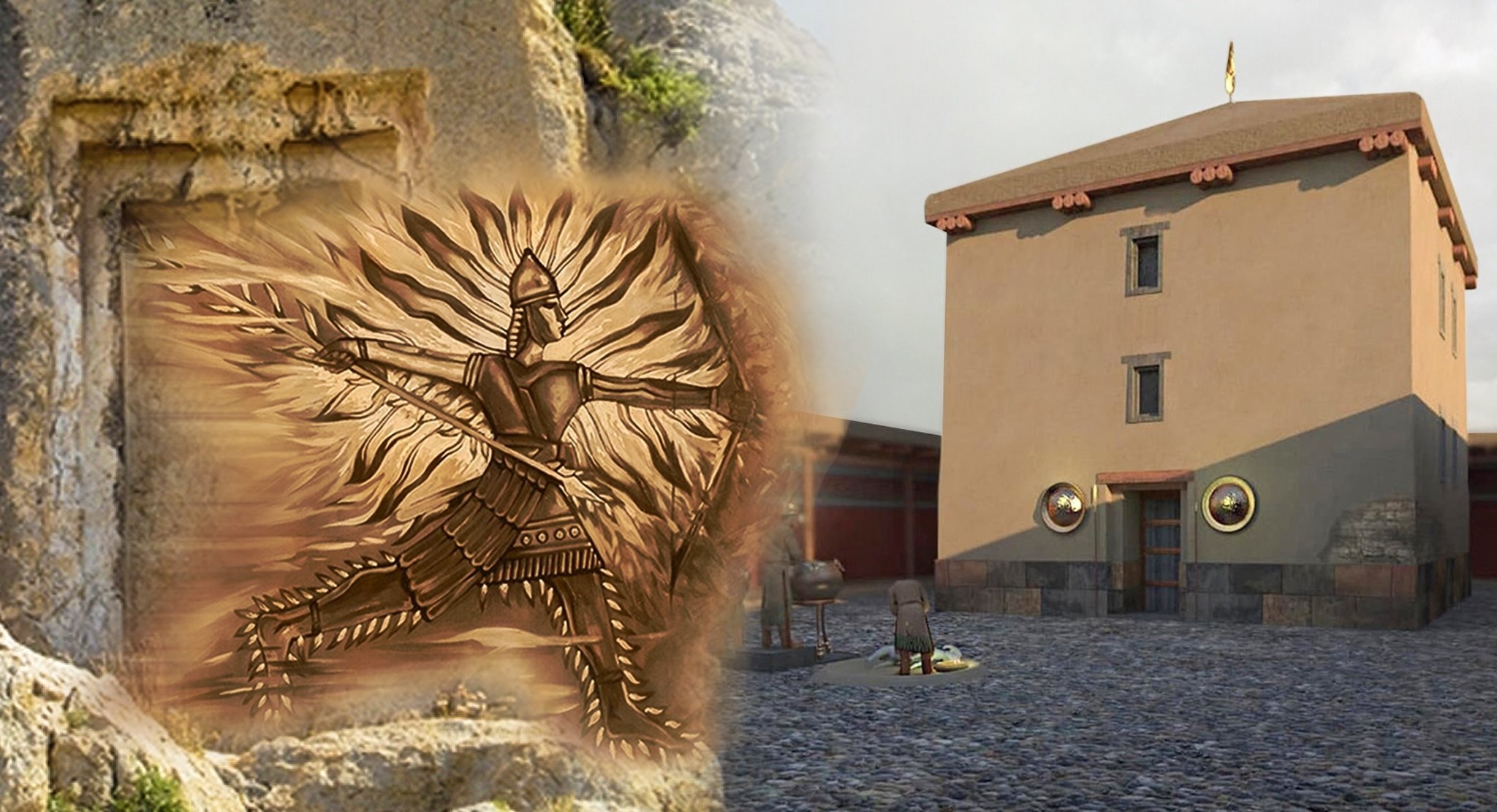
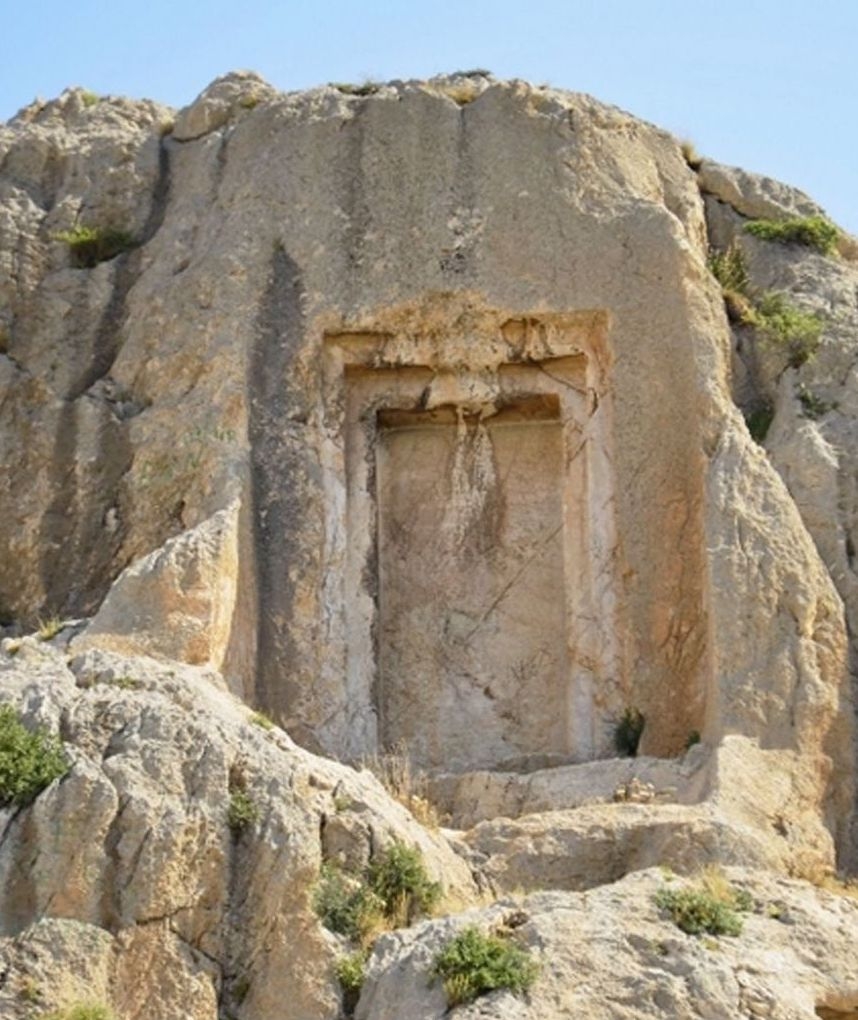

Contact Michelle Jacobson
Email mjacobson@ioa.ucla.edu
Phone
Marisa E. Marthari, Director Emerita Of Prehistoric & Classical Antiquities For The Cyclades And Samos
Saturday, October 17th, 10:00am PST
The site of Skarkos, the largest of all known Early Cycladic II sites, stands on a commanding hill overlooking a coastal plain and one of the largest sheltered 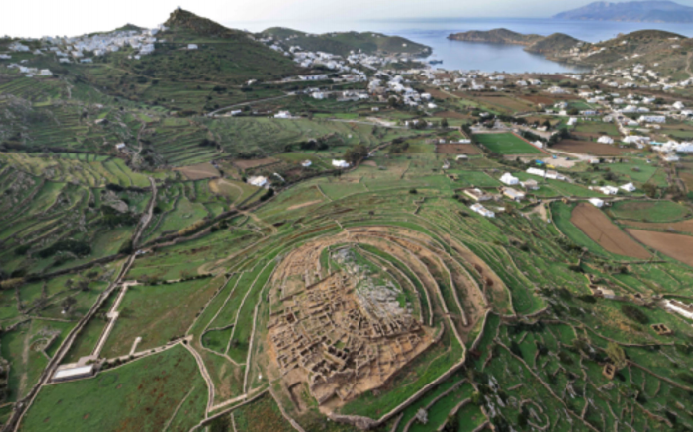 harbors in the Cyclades. The excavations conducted by the author brought to light a multiperiod prehistoric site and, most significantly, a settlement of the mid-third millennium BC. More than one-third of the settlement has been excavated over the last fifteen years. The walls of the buildings are preserved to a maximum height of four meters. This unique preservation provides a clear idea of the layout, architecture of settlements in the Cyclades during the peak of the Early Cycladic world. Skarkos has a well-organised plan, with wide streets and squares, two-storey rectangular buildings (at least 55 have been uncovered) and a complicated drainage system. The inhabitants developed agricultural, craft, and trading activities, and especially prominent were masons, marble-carvers (two early marble workshops were excavated), and potters. Skarkos has also produced evidence of seals and sealing, including a large number of clay sealimpressed objects marking ownership or personal identity.
harbors in the Cyclades. The excavations conducted by the author brought to light a multiperiod prehistoric site and, most significantly, a settlement of the mid-third millennium BC. More than one-third of the settlement has been excavated over the last fifteen years. The walls of the buildings are preserved to a maximum height of four meters. This unique preservation provides a clear idea of the layout, architecture of settlements in the Cyclades during the peak of the Early Cycladic world. Skarkos has a well-organised plan, with wide streets and squares, two-storey rectangular buildings (at least 55 have been uncovered) and a complicated drainage system. The inhabitants developed agricultural, craft, and trading activities, and especially prominent were masons, marble-carvers (two early marble workshops were excavated), and potters. Skarkos has also produced evidence of seals and sealing, including a large number of clay sealimpressed objects marking ownership or personal identity.
Marisa Marthari is a graduate of the National and Kapodistrian University of 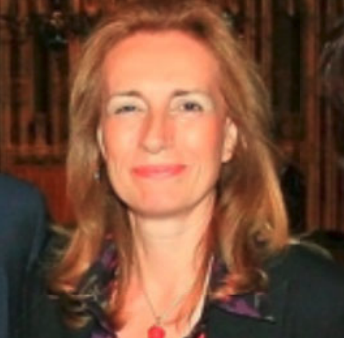 Athens (MA and PhD in Aegean Archaeology: “Akrotiri, Thera: The Pottery of the Volcanic Destruction Level.” Dr. Marthari is Ephor of Antiquities (Emerita) of the Greek Archaeological Service, Director of the excavations at Skarkos on Ios, and Kastri on Syros. She was formerly Director of the Ephoreia of Prehistoric and Classical Antiquities for the Cyclades and Samos, where she conducted numerous excavations and museum exhibitions. Her presentation on Skarkos was the winner of 2008 Grand Prize for the European Union Europa Nostra Award.
Athens (MA and PhD in Aegean Archaeology: “Akrotiri, Thera: The Pottery of the Volcanic Destruction Level.” Dr. Marthari is Ephor of Antiquities (Emerita) of the Greek Archaeological Service, Director of the excavations at Skarkos on Ios, and Kastri on Syros. She was formerly Director of the Ephoreia of Prehistoric and Classical Antiquities for the Cyclades and Samos, where she conducted numerous excavations and museum exhibitions. Her presentation on Skarkos was the winner of 2008 Grand Prize for the European Union Europa Nostra Award.
This talk will be offered on Zoom. Please RSVP by clicking here to receive the link.
Contact
Email hellenic@humnet.ucla.edu
Phone
Arsen Bobokhyan
PhD, Researcher at the Institute of Archaeology and Ethnography, National Academy of Sciences Republic of Armenia
Friday, October 16th, 12:00pm PT (contingent on the developing situation in Armenia)
Register here
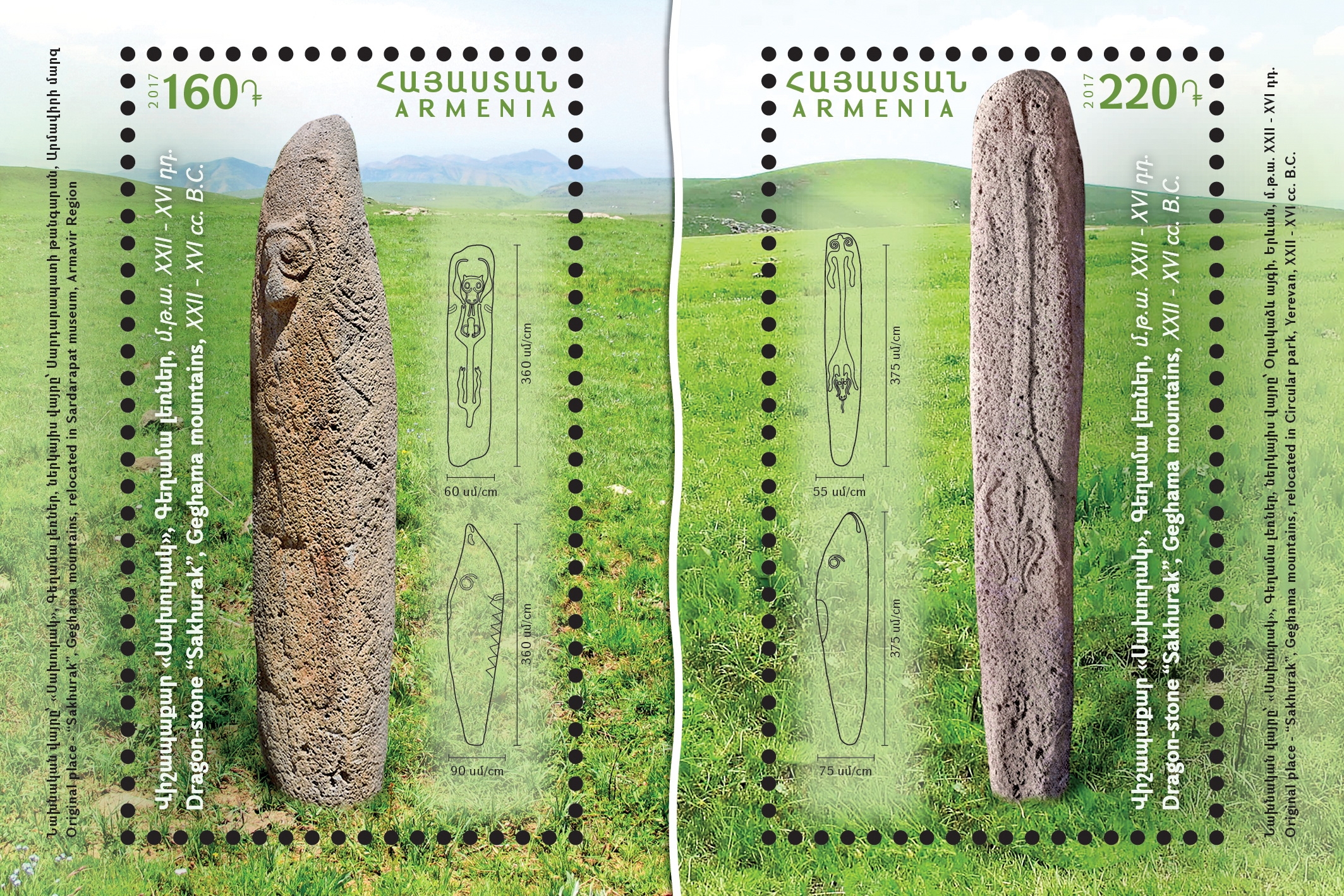
In the high mountains of Armenia, exist unique monuments called by the people “vishapakar” - dragon-stone. Although vishapakars were discovered more than a century ago, their secrets are far from being deciphered. Much like the khachkars (cross-stones) of Medieval times, vishapakars are typical for the prehistoric landscapes of the Armenian Highland. The centres of their distribution are Mount Aragats and the Geghama mountains. Today we know approximately 150 examples of these monuments. Vishapakars are 150-550 cm high and made, as a rule, of grayish basalt. They had been widely used during the Bronze Age, especially within the 2nd millennium BC. Among the many questions vishapakars raise, one of the most important is the problem of their protection. Two kinds of dangers exist – destruction and dilapidation in their original places, and removal to the lowland. Both destruction and removal took place as early as the beginning of the 1st millennium BC, in the Urartian period, increased during Middle Ages and unfortunately continues today. The lecture will present recent works to investigate and protect these monuments.
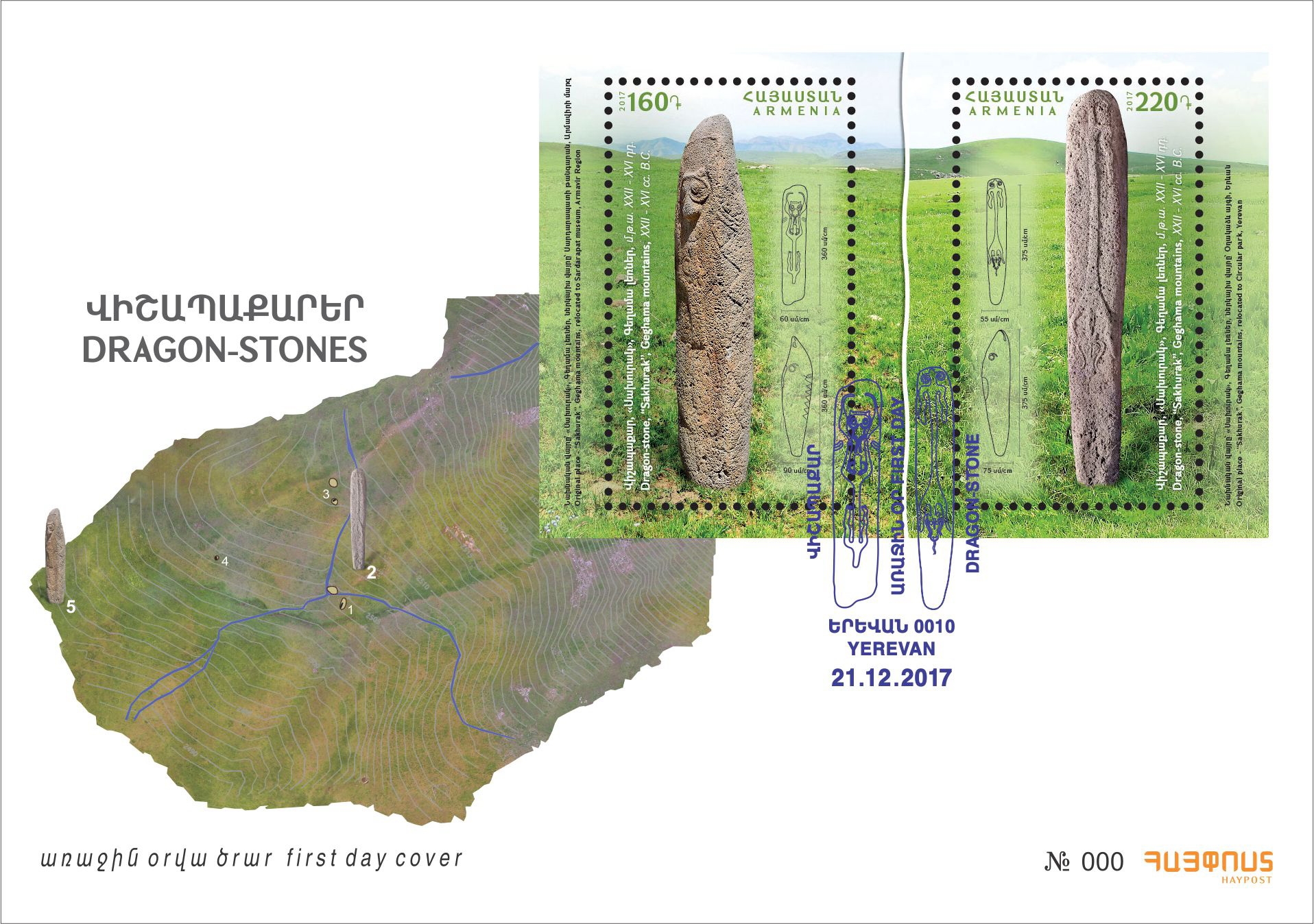
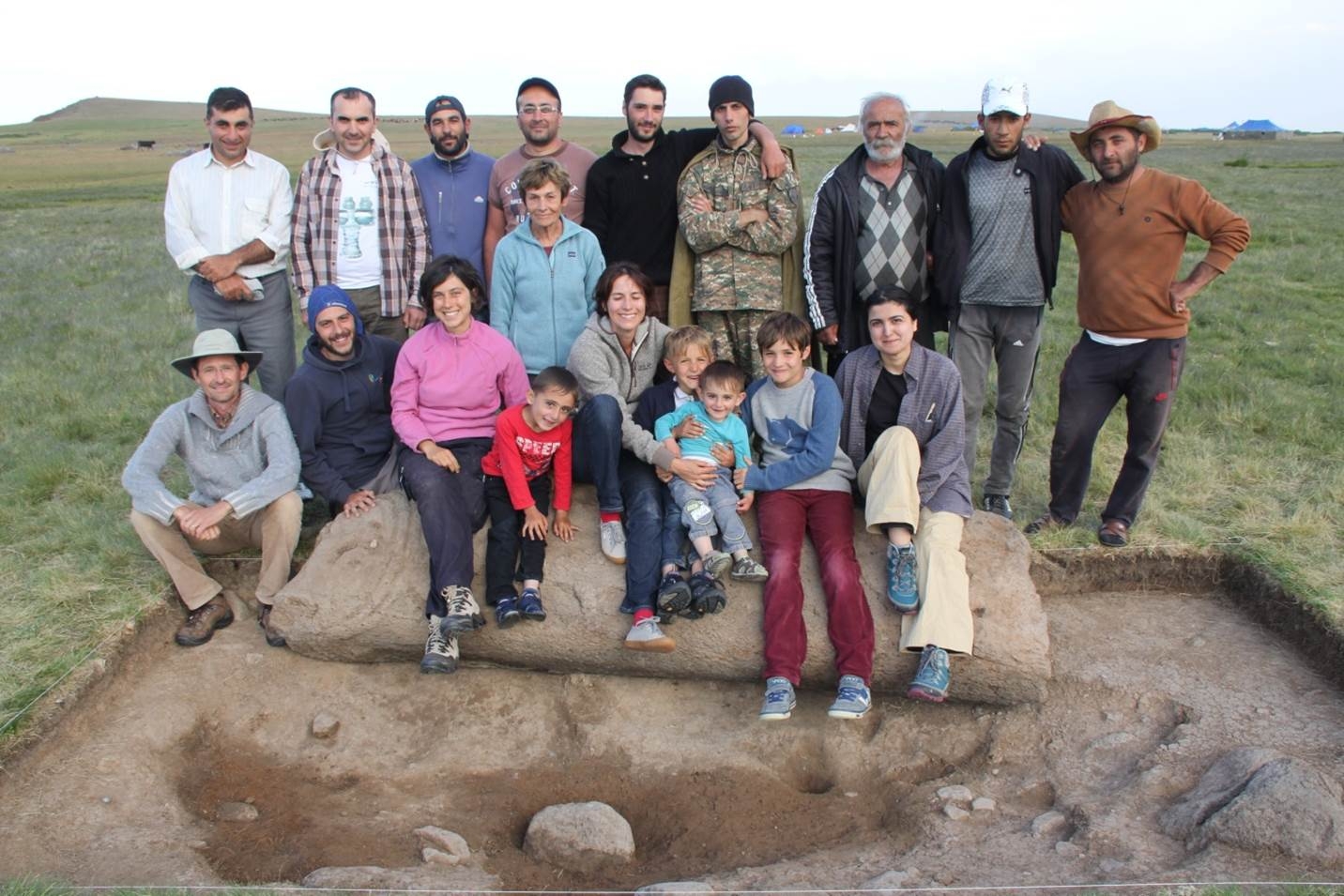
Arsen Bobokhyan is the Vice Director, Institute of Archaeology and Ethnography, Armenian Academy, where he has worked since 1998. He received his Pd.D. from the Institute of Prehistory, University of Tubingen, Germany, with the topic ''Communication and Barter in the Highland between the Taurus and the Caucasus, ca. 2500-1500 BC.'' His areas of research include Early Archaeology of the Caucasus, the Near East and Asia Minor, Cultural Relations, Ancient Barter and Weight Systems, History of Urbanism, Identity Problems, Ancient Religion and Cult, Sacred Landscape. He has taught at Yerevan State University since 2007.
Contact Michelle Jacobson
Email mjacobson@ioa.ucla.edu
Phone
Konstantinos Zachos Director Emeritus Of Antiquities For Epiros
Saturday, October 10th, 10:00am PT
On September 2, 31 BC, Octavian’s forces defeated those of Mark Antony and the queen of Egypt Cleopatra off the west coast of Greece. Known as the Battle of 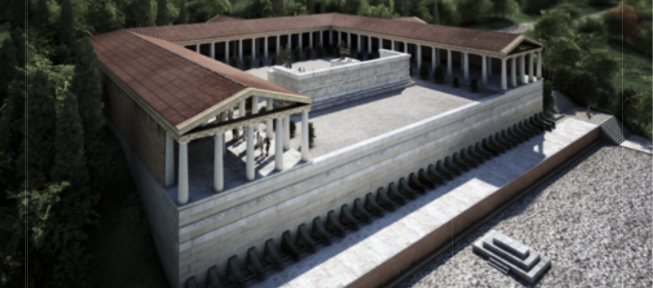 Actium, from the peninsula of the same name, at the entrance of the Ambracian Gulf, on which was located an ancient sanctuary of Apollo. Few episodes from ancient history have been commented on more than the battle of Actium. It marked the beginning of a new world order and, above all, the beginning of Octavian’s “monarchy,” at which time he became Augustus, the first Emperor of Rome. After his victory, Augustus undertook a series of actions aimed at the economic and social reorganization of northwestern Greece, at the same time incorporating elements of political and religious propaganda. He founded a city which he named Nikopolis— Victory City—he renovated the sanctuary of Apollo at Actium and on a hill sacred to the god and, where he had encamped, he erected a Victory Monument. Excavations at this imposing, extravagant monument over the past few decades, have revealed a wealth of finds, some of astonishing artistic rendering.
Actium, from the peninsula of the same name, at the entrance of the Ambracian Gulf, on which was located an ancient sanctuary of Apollo. Few episodes from ancient history have been commented on more than the battle of Actium. It marked the beginning of a new world order and, above all, the beginning of Octavian’s “monarchy,” at which time he became Augustus, the first Emperor of Rome. After his victory, Augustus undertook a series of actions aimed at the economic and social reorganization of northwestern Greece, at the same time incorporating elements of political and religious propaganda. He founded a city which he named Nikopolis— Victory City—he renovated the sanctuary of Apollo at Actium and on a hill sacred to the god and, where he had encamped, he erected a Victory Monument. Excavations at this imposing, extravagant monument over the past few decades, have revealed a wealth of finds, some of astonishing artistic rendering.
Konstantinos Zachos is Ephor of Antiquities (Emeritus) of the Greek Ministry of Culture. He holds a B.A. from the University of Thessaloniki and an MA and Ph.D. from Boston University. Following his graduate work, he entered the Greek Archaeological Service, worked in several Ephorates of Antiquities and was promoted to Ephor of Antiquities. He has excavated widely in Epirus, the Peloponnese, the Cyclades, and in Albania. He was also responsible for conservation work at Dodona and Nikopolis. He established three new museums (at Leukas, Nikopolis, and Arta) and supervised the renovation of the Archaeological Museum of Ioannina.
This talk will be offered on Zoom. Please RSVP by clicking here to receive the link.
Contact
Email hellenic@humnet.ucla.edu
Phone
Mary E. Voyatzis, Professor, University of Arizona, Tucson
Saturday, October 3rd, 10:00am PST
The mountainous region of Arcadia, situated in the heart of the Peloponnese, has attracted considerable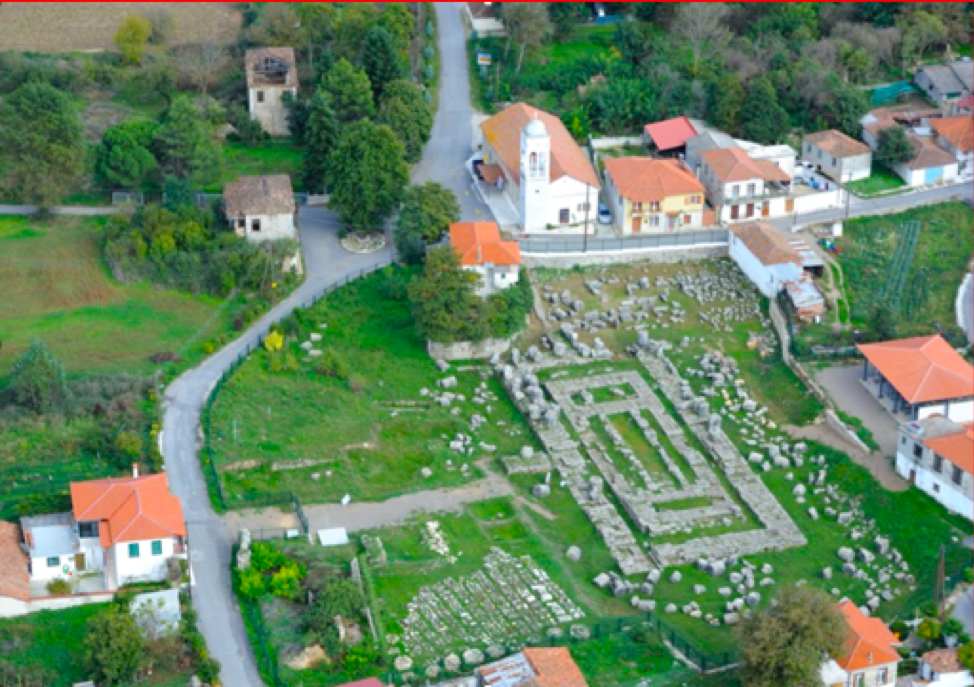 interest and attention since antiquity. Many ancient authors described Arcadia in detail, discussing its rich mythology, many sites, unusual gods, numerous sanctuaries, engaging history, diverse geography, and the important fact that its inhabitants were indigenous, living there even before the moon (Proselenoi), and the original inhabitants of Greece (Pelasgoi). During the Renaissance, Arcadia was depicted in art as a beautiful, pristine, and magical place with unspoiled wilderness. By the 19th century European travelers were exploring the region, and later in the century archaeologists began excavating its various sites. For over 140 years Arcadia has been investigated by archaeologists from Greece and many other countries in Europe and North America. Today we consider some of the sites recently excavated in Arcadia, and focus on two where the speaker has been involved, the Sanctuary of Athena Alea at Tegea, and the Sanctuary of Zeus on Mt. Lykaion. We shall see how archaeological discoveries have contributed significantly to our understanding of the history of Arcadia and enhanced our appreciation of this enchanting mountainous region.
interest and attention since antiquity. Many ancient authors described Arcadia in detail, discussing its rich mythology, many sites, unusual gods, numerous sanctuaries, engaging history, diverse geography, and the important fact that its inhabitants were indigenous, living there even before the moon (Proselenoi), and the original inhabitants of Greece (Pelasgoi). During the Renaissance, Arcadia was depicted in art as a beautiful, pristine, and magical place with unspoiled wilderness. By the 19th century European travelers were exploring the region, and later in the century archaeologists began excavating its various sites. For over 140 years Arcadia has been investigated by archaeologists from Greece and many other countries in Europe and North America. Today we consider some of the sites recently excavated in Arcadia, and focus on two where the speaker has been involved, the Sanctuary of Athena Alea at Tegea, and the Sanctuary of Zeus on Mt. Lykaion. We shall see how archaeological discoveries have contributed significantly to our understanding of the history of Arcadia and enhanced our appreciation of this enchanting mountainous region.
 Mary E. Voyatzis received her BA in Classical Studies from the University of Pennsylvania, a post-graduate diploma in Classical Archaeology from Girton College, Cambridge, and her Ph.D. from University College, London, with a dissertation entitled “The Sanctuary of Athena Alea at Tegea, 800-600 BC, and its Relation to Other Arcadian Sanctuaries.” She began teaching at the University of Arizona, Tucson in the Department of Classics in 1986, and is currently Professor in the School of Anthropology and the Department of Religious Studies and Classics.
Mary E. Voyatzis received her BA in Classical Studies from the University of Pennsylvania, a post-graduate diploma in Classical Archaeology from Girton College, Cambridge, and her Ph.D. from University College, London, with a dissertation entitled “The Sanctuary of Athena Alea at Tegea, 800-600 BC, and its Relation to Other Arcadian Sanctuaries.” She began teaching at the University of Arizona, Tucson in the Department of Classics in 1986, and is currently Professor in the School of Anthropology and the Department of Religious Studies and Classics.
This talk will be offered on Zoom. Please RSVP to hellenic@humnet.ucla.edu to receive the link.
Contact
Email hellenic@humnet.ucla.edu
Phone
We are excited to announce that our event Chauvet Cave: Masterworks of the Paleolithic will now be held virtually!
In conjunction with the global digital film premiere of The Final Passage, a 28-minute immersive experience of the Chauvet-Pont d’Arc Cave and its paintings, the Cotsen Institute of Archaeology will be hosting a virtual discussion and Q&A session with Jean-Michel Geneste, General Curator of Cultural Heritage for the Ministry of Culture in France and former curator of the Lascaux caves, and the film’s producer, Martin Marquet. Participants are invited to watch the film online prior to the event. Questions can be submitted in advance when registering or during the event.
Since its discovery in 1998, the extraordinary rock art of the Chauvet-Pont d’Arc cave in south-central France has been celebrated for its remarkable realism and demonstration of skill never before seen in cave art. Dating back 36,000 years, the myriad paintings of horses heads, mammoths, bears, cave lions, rhinoceroses and more use “the knobs, recesses, and other irregularities of the limestone to impart a sense of dynamism and three-dimensionality to their galloping, leaping creatures,” according to Smithsonian magazine.

(only available from May 7 - June 7)

Wednesday, May 27, 2020
12:00 - 1:00 PM
Space is limited. Please register by May 25.
This event is co-sponsored by the UCLA Rock Art Archive. Email Michelle Jacobson at mjacobson@ioa.ucla.edu for more information.
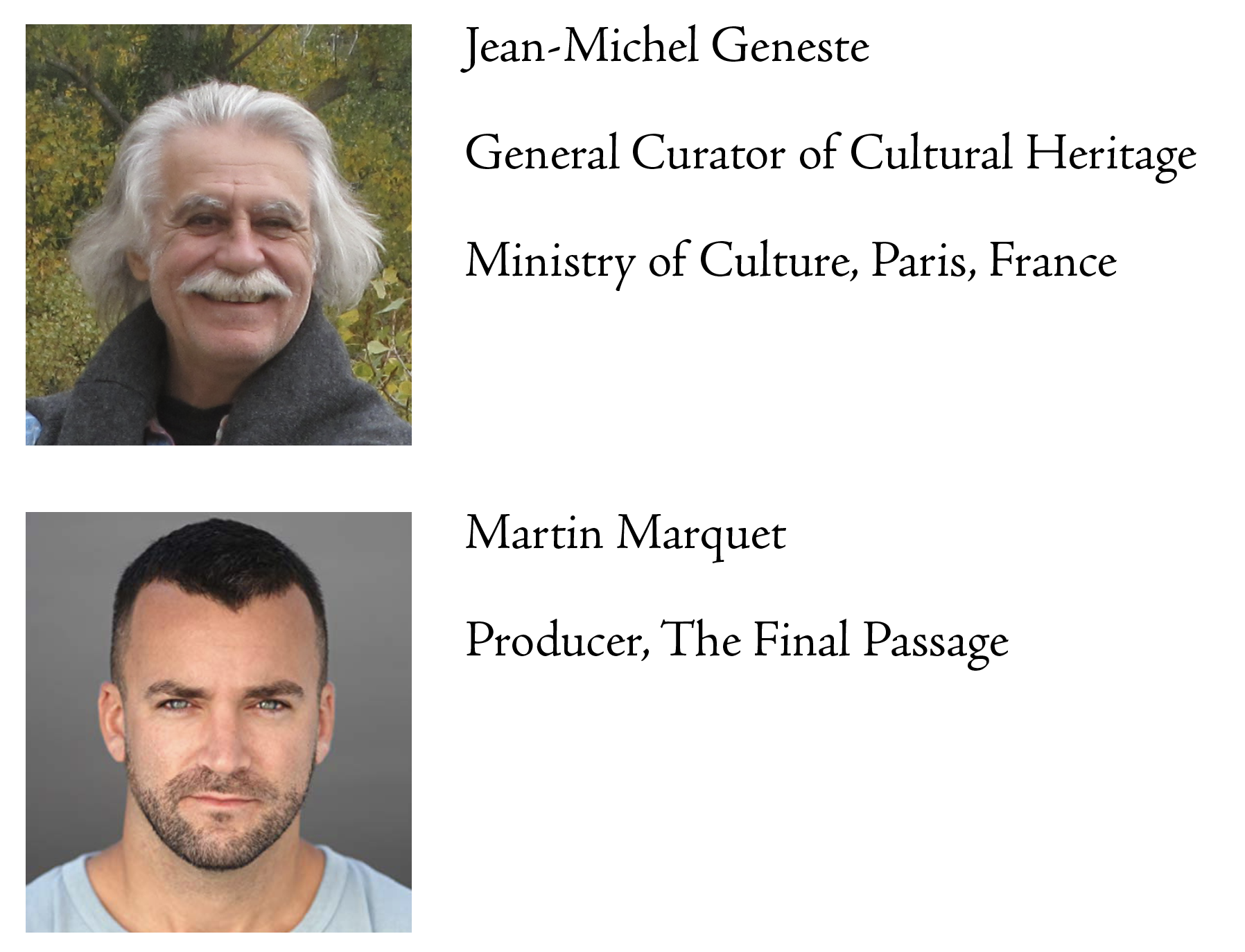
Contact Michelle Jacobson
Email mjacobson@ioa.ucla.edu
Phone 310-825-4004
- ‹ previous
- 4 of 7
- next ›



